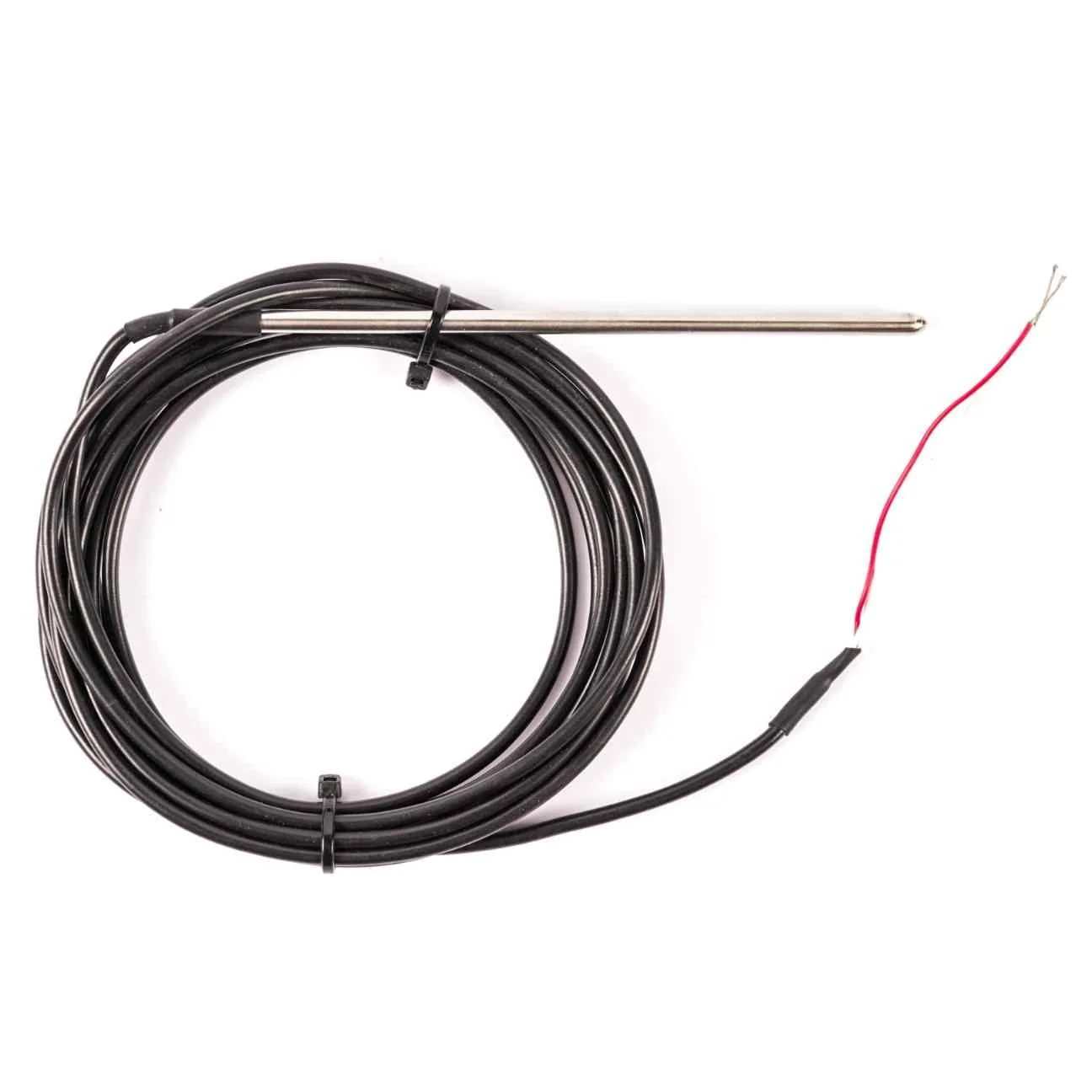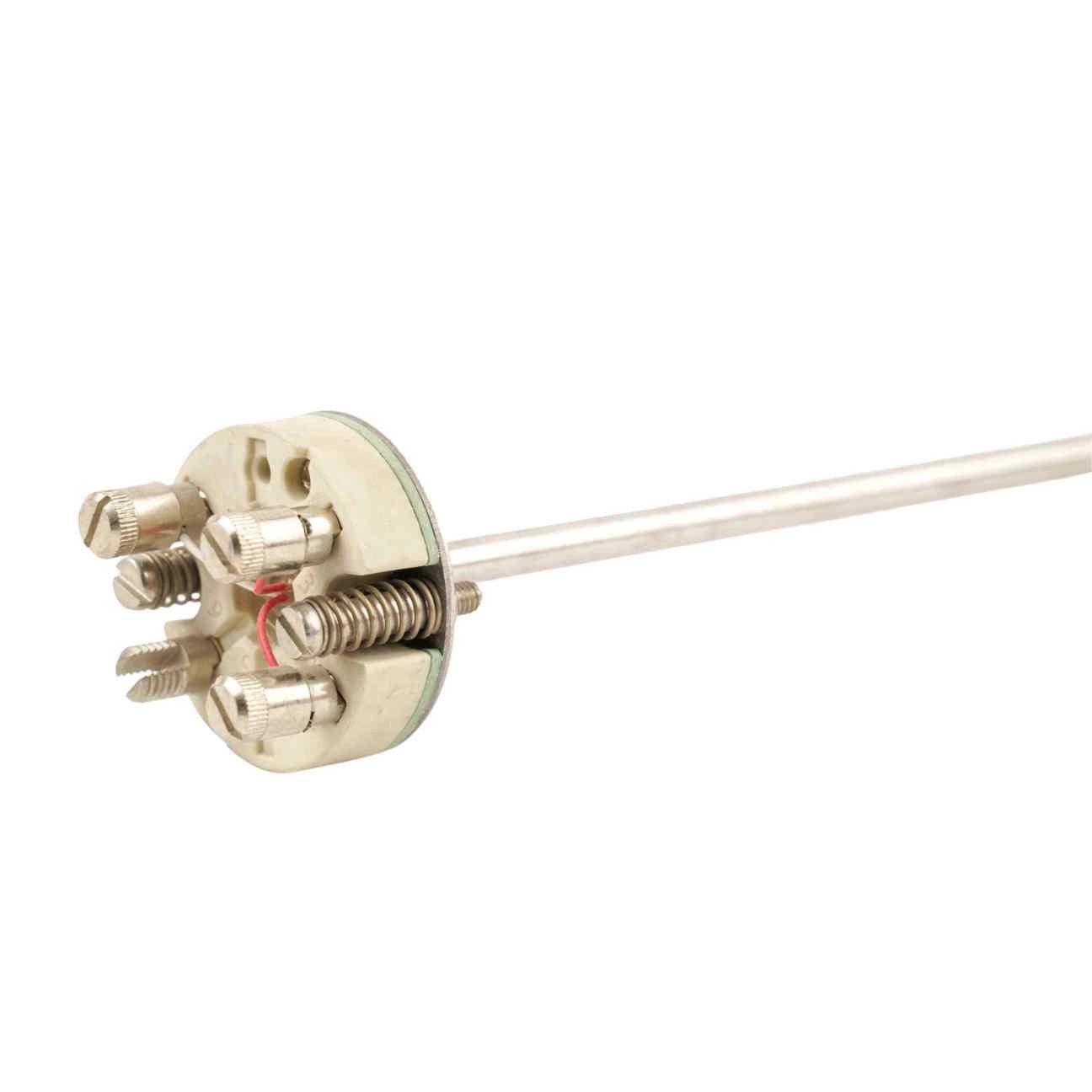What Is A Platinum Resistance Thermometer?
View Our Resistance Thermometers
A Platinum Resistance Thermometer (PRT) is a highly accurate temperature sensor that measures temperature by detecting changes in the electrical resistance of platinum. It is also known as a resistance thermometer and is widely used in industrial, scientific, and laboratory applications where precision and stability are critical.
View Detailed Technical Information: Resistance Thermometer
Overview
A PRT works on the principle that platinum’s electrical resistance changes predictably with temperature. By measuring this resistance, the sensor can accurately determine the temperature of its environment.
Key features:
- Highly accurate and stable over a wide temperature range
- Linear response makes calibration simpler
- Suitable for industrial, laboratory, and scientific applications
PRTs are often used in environments where precision measurement is essential, including:
- Industrial process control
- Scientific research and laboratories
- Food, pharmaceutical, and chemical processes
How It Works
- The PRT contains a platinum element (wire or film) whose resistance changes with temperature.
- The resistance is measured via electrical circuits, often using a 4-wire or 3-wire configuration to reduce errors.
- The measured resistance is then converted to a temperature reading using standard calibration curves, such as IEC 60751.
Advantages of Platinum Resistance Thermometers
- High Accuracy: Typically ±0.1 °C or better in standard industrial versions
- Excellent Stability: Maintains calibration over long periods
- Wide Temperature Range: Standard PRTs operate from –200 °C to +850 °C
- Durability: Platinum is chemically inert and resistant to corrosion
FAQs
Q1: What does PRT stand for?
PRT stands for Platinum Resistance Thermometer.
Q2: How does a PRT measure temperature?
By detecting the change in electrical resistance of a platinum element as temperature varies.
Q3: Why use platinum?
Platinum has predictable, linear, and stable resistance characteristics, making it ideal for precise temperature measurements.
Q4: What is the difference between a PRT and a thermocouple?
PRTs measure temperature via resistance changes, while thermocouples generate a voltage based on the thermoelectric effect. PRTs are more accurate, but thermocouples respond faster and can handle higher temperatures.
Q5: Where are PRTs commonly used?
In industrial processes, laboratories, and scientific research where precise temperature measurement is required.




